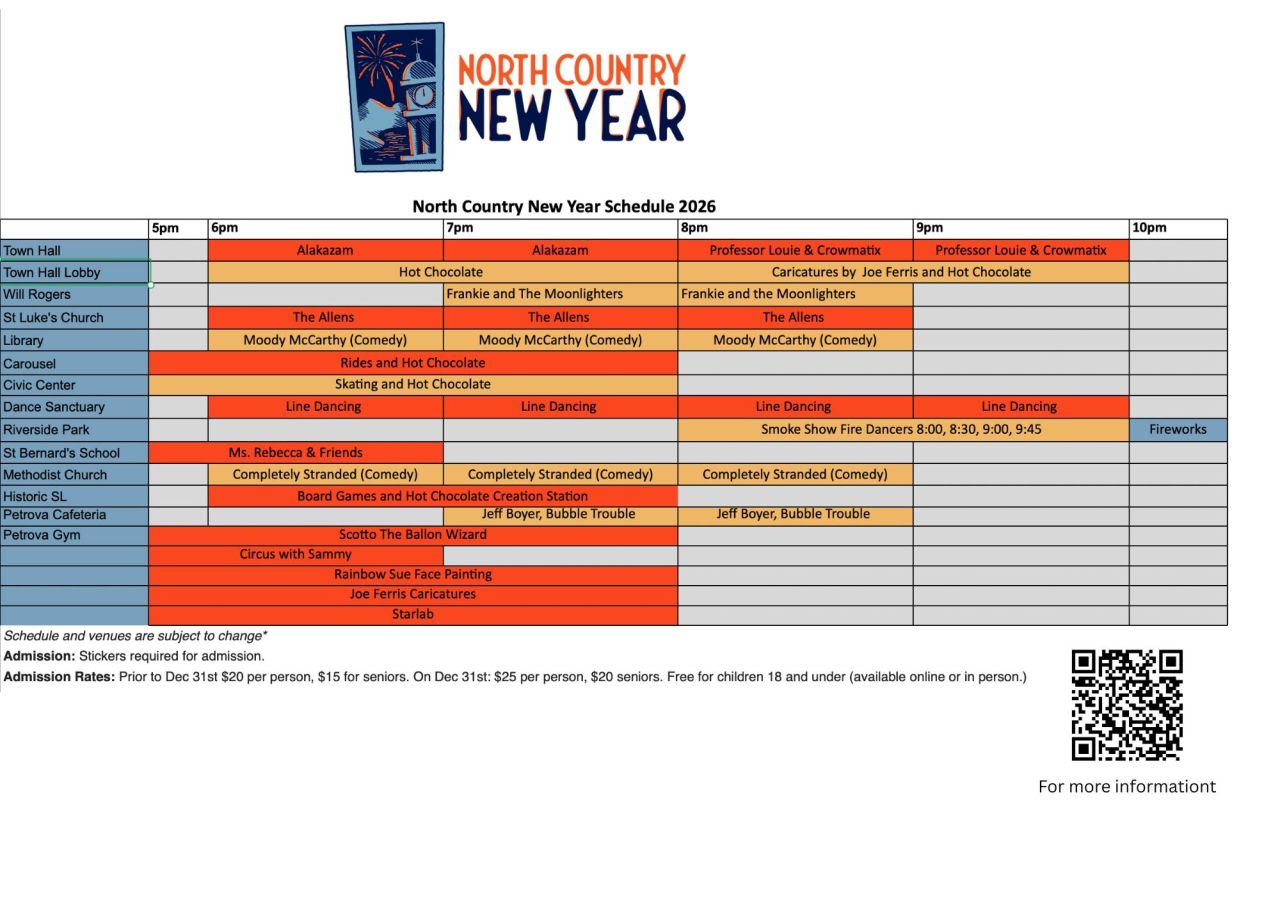Independence Day Celebration
Celebrate Independence Day in style at The Lodge at Schroon Lake!
Join us on Saturday, July 6th for an unforgettable party featuring outdoor BBQ food platters, live music, and a DJ to keep the vibes high. Enjoy a variety of lawn games, a beer truck, and an ice cream cart for a refreshing treat. With entertainment for all ages and more surprises in store, it’s the perfect way to spend your holiday. Don’t miss out on this fun-filled celebration!
Schedule of Events
Food:
BBQ Platters, served al fresco in the Front Lawn Pavilion from 11am-4pm, and inside The Brown Swan & Tavern from 4pm-9pm.
Choice of: Smoked Ribs ($24) or Brick Chicken ($22), mac and cheese, slaw, biscuit, and signature BBQ sauce.
Drink:
The Trailhead beer truck will be stationed on the Front Lawn from 12-3pm.
The Summit ice cream bike will be station on the Front Lawn from 12-3pm.
Frozen slushies & floaters will be served on the Front Lawn from 12-3pm, and inside The Brown Swan Tavern from 4-9pm.
Beer buckets (buy 5 glass/canned beers for the price of 4!) will be served at The Brown Swan Tavern & The Bevy during lunch & dinner.
Fun & Games:
Music on the Front Lawn from 12-3pm.
Lawn games on the Front Lawn from 12-7pm.
Fire pits lit on the Front Lawn from 12-3pm.
DJ and performers at The Brown Swan Tavern patio from 4-6pm.
Music at The Brown Swan Tavern patio from 7-10pm.
S'mores roasting at the Front Lawn fire pit from 7-10pm.

